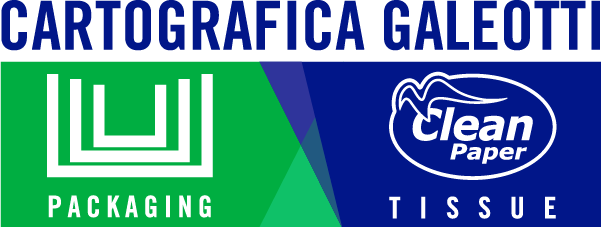OUR COMMITMENT
THE CURRENT SITUATION
Approximately 381 million tons of plastic is produced and 5 trillion or more pieces of plastic are polluting waters around the world.
The issue of recyclingcannot be underestimated: every year, world economy consumes more than 100 billion tons of raw materials, but reuses only 9%. In the European Union alone, more than 2.5 billion tons of waste are produced!
In order to promote the transition to a circular economy, in February 2021 the European Parliament voted on the new action plan for the circular economy, to achieve a zero-carbon, environmentally sustainable economy, free from toxic substances and fully in place by 2050.

WHAT IS CHANGING?
Cardboardcontributes more to a circular economy than plastic does, but also more than bioplastics and second-life plastics.
Bioplastics, for example, which are materials produced from biodegradable sources such as vegetables, rice and other organic and plant compounds, are certainly less polluting than plastic but are currently not recyclable, even if they decompose more quickly. Thus we can say that these materials are generally much more efficient and ecological and contribute to the reduction of pollution, albeit only partially.
CHANGE YOUR MIND
Cardboard packaging is capable of adapting to the principles of the circular economy. It is packaging designed to reduce the environmental impact, both in the production phase thanks to the reduction of CO2 emissions, and at the end of life thanks to the possibility of recycling or reuse.
When it comes to cardboard, it is important to have in mind the manufacturing process that underlies its production.
Cardboard, by its very nature, is one of the most sustainable materials and is a good example of a circular economy. Cardboard, as a single material, does not require a separation activity before disposal. Once its original function is completed, it is converted into a new useful material through the recycling operation. The fiber that is recovered from the waste paper and cardboard can be recycled again from 5 to 7 times. The amount of waste recycled in Italy every minute is equal to 10 tons!
Waste paper, that is the recovered cardboard, returns to the cardboard production cycle, which in Italy represents as much as 80% of the raw material used for its production. The remaining 20% is made up of virgin fibers, mostly coming from the cutting of coniferous and broad-leaved forests managed in a responsible and controlled manner.

RESPONSIBLE MANAGEMENT
It is therefore mistaken to believe that the destruction of forests is related to the production of paper. In reality it is exactly the opposite: paper production from virgin fibers, supported by forest management, leads to an increase in wooded areas.
The destruction of the tropical forest is certainly not attributable to the paper industry: moreover, it is known that the quality of the fiber obtained from tropical wood is not very suitable for the production of paper and cardboard. On the contrary, the forests of the boreal belt – estimated at 100 billion cubic meters – are expanding at the rate of 1.3 billion m³ / year, while around 600 million m³ are used for industrial use, with a growth rate which far exceeds the reduction (ie less than 50% of the growth).




